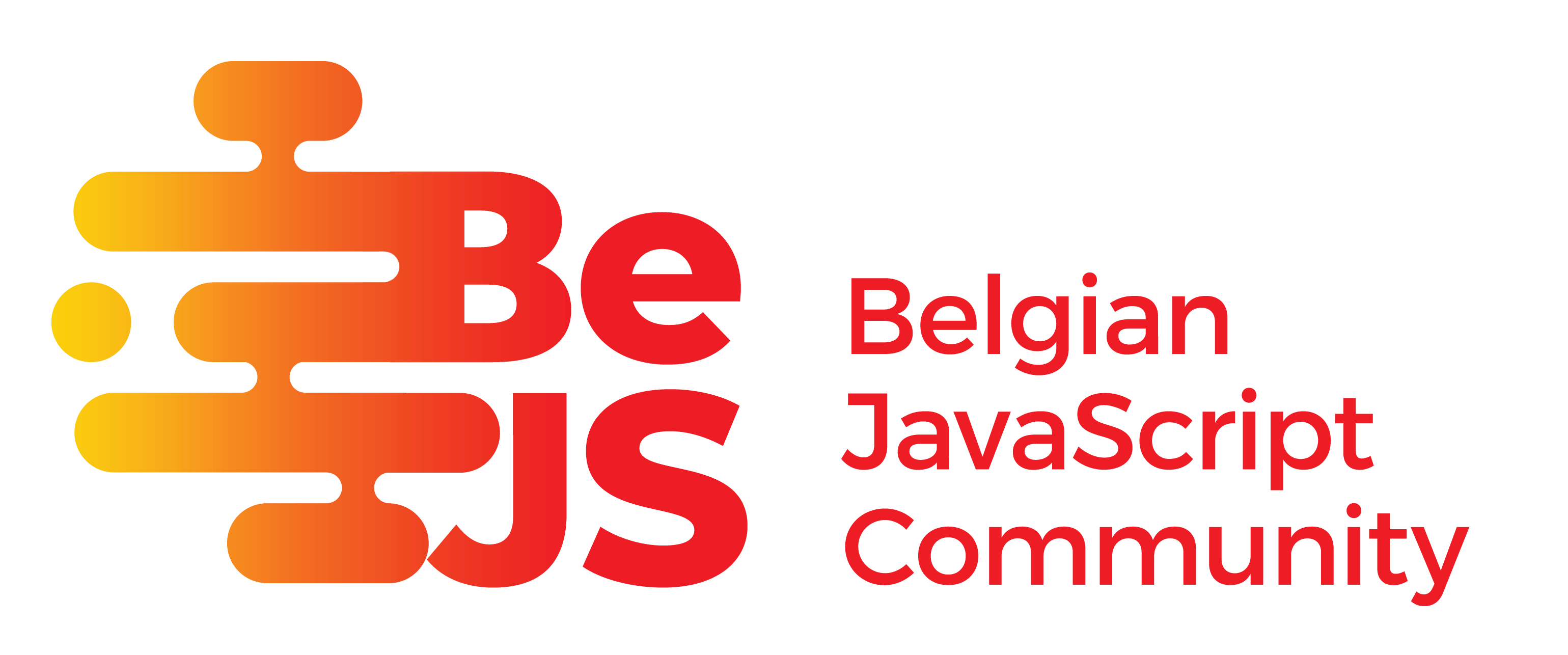Additional configuration
Preview path
For more information on how to use the preview path, see the preview configuration section.
File prefixes
By default, Front Matter CMS uses the date placeholder with the yyyy-MM-dd
format ({{date|yyyy-MM-dd}}) for the file prefix.
You can change this per page folder or per content-type.
InfoYou can use other placeholders for the file prefix as well. For more information, see the file prefix placeholders documentation.
Page folder level
To change the file prefix for a specific page folder, you can add the filePrefix
property to your page folder in the frontMatter.content.pageFolders setting.
{
"frontMatter.content.pageFolders": [
{
"title": "Blog",
"path": "[[workspace]]/content/blog",
"filePrefix": "{{date|yyyy}}"
}
]
}Content-type level
Similarly, you can change the file prefix for a specific content type by adding the filePrefix
property to your content type in the frontMatter.taxonomy.contentTypes setting.
ImportantThe
filePrefixfrom the content-type will override thefilePrefixproperty from the page folder.
{
"frontMatter.taxonomy.contentTypes": [
{
"name": "default",
"filePrefix": "{{date|yyyy-MM}}",
"fields": [
...
]
}
]
}Page and leaf bundles
The page or leaf bundles, are a way to group your pages and resources together in a single folder.
content/
├── about
│ ├── index.md
├── posts
│ ├── leaf-bundle
│ │ ├── image1.jpg
│ │ ├── image2.png
│ │ └── index.md
│ └── leaf-bundle
│ └── index.md
│
└── another-section
├── ..
└── leaf-bundle
└── index.mdIn the above section you can see the leaf-bundle folders. These bundles consist of a index.md
file and possibly also the resouces related to it like images.
By default, Front Matter will create individual Markdown files, but you can also create a leaf
bundle. In order to do so, you need to set the pageBundle property in your content type to true.
Here is an example of configuring the page bundles for the default content type:
"frontMatter.taxonomy.contentTypes": [
{
"name": "default",
"pageBundle": true,
"fields": [
...
]
}
]Creating a template
To make sure that your type of content is already defined when creating a new Markdown file. It will be easier to set the type of content within a template.
You can create Markdown templates in your project's .frontmatter/templates folder (or defined
differently).
---
title:
slug:
description:
date: 2019-08-22T15:20:28.000Z
lastmod: 2019-08-22T15:20:28.000Z
weight: 1
type: documentation
---If you already have an existing page, you can automatically create a template from it by running the
Front Matter: Create a template from the current file command.
The create template command will ask you the template's name and if you want to include the content. The front matter data is included by default.
Preserve casing of file names
When you create a new page, the file name will be created based on the sanitized title property.
During the sanitization, the title property will be converted to lowercase and all spaces will be
replaced with dashes.
If you want to preserve the casing of the file name, you can set the
frontMatter.file.preserveCasing setting to true.
{
"frontMatter.file.preserveCasing": true
}Disable creation in specific folders
If you want to disable the creation of new files in specific folders, you can do this by adding the
disableCreation property to the page folder. Once this is added, the CMS will only use the folder
to show the files.
{
"frontMatter.content.pageFolders": [
{
"title": "Blog",
"path": "[[workspace]]/content/blog",
"disableCreation": true
}
]
}Feedback/comments
Did you spot an issue in our documentation, or want to contribute? Edit this page on Github!

